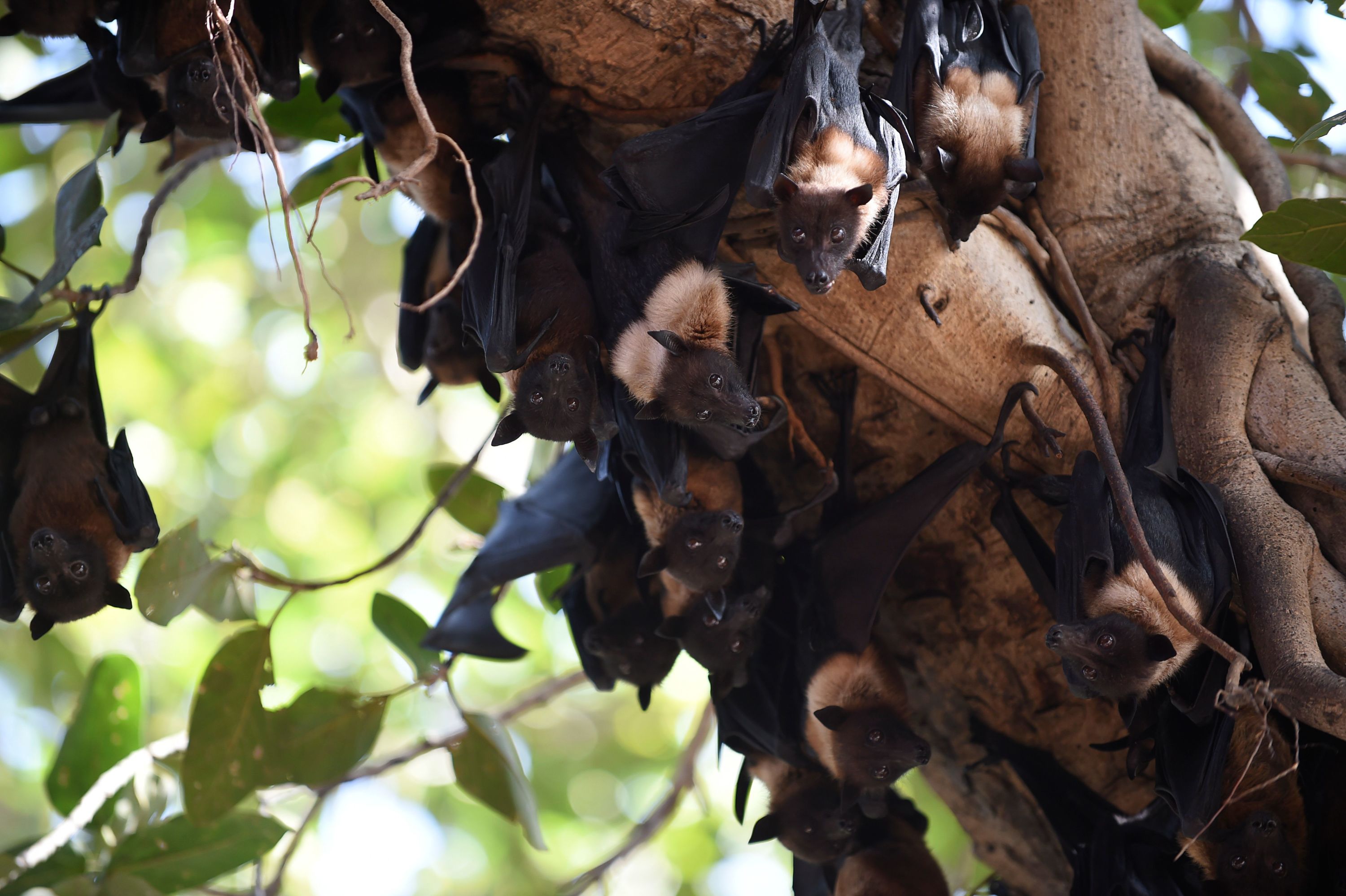How did the new coronavirus appear and then pass from the bat to humans? " A piece of the puzzle is missing , " says researcher Meriadeg Le Gouil, who is coordinating a research project on the origins of the pandemic. "No one can say that he understood the emergence of this virus" , underlines to AFP the virologist and ecologist at the University of Caen, member of the Research group on microbial adaptation (Gram).
Read also: LIVE- Four days before deconfinement, the government is preparing to return its copy
“In this coronavirus, we find traces of several viruses that we know in the wild. Except that we don't know the recent parents, we only know the cousins, " explains the 39-year-old researcher, who excludes a " synthetic origin " of the virus (for example in a Chinese laboratory). With genetic analysis, scientists were able to compare SARS-CoV-2 with a virus collected in 2013 from a Yunnan bat, which was 96% similar on average.
"Unless we discover an absolutely gigantic bat traffic"
If a direct transmission from the bat to humans is "possible" , it is however not the most probable hypothesis, according to this specialist in coronaviruses, because close, numerous and frequent contacts are necessary for 'a virus makes a species jump. "Unless we discover an absolutely gigantic bat traffic over the last three years" , he nuances. "The second option would be the breeding of another wild animal" which would have served as an intermediate host between the bat and humans, explains the researcher. "It is missing a piece of the puzzle" , which is perhaps not the pangolin, frequently quoted, but the civet, he advances.
Read also: Renaud Girard: "Wuhan, an international investigation is needed!"
This small mammal, the Breton researcher had already met him within the framework of the emergence of another epidemic due to a coronavirus, the SARS of 2002 (or SARS-CoV), subject of his thesis defended at the National Museum of Natural history six years later.
Civet, ideal suspect?
"Civet is a bit like our venison, a dish eaten on special occasions" , he describes. "It is a carnivore close to the dog and the cat (...) which frequents the caves, eats a bat from time to time." “Civet farming had increased 50-fold in the five years before SARS emerged. The civet caught in the wild was brought back to civet farms, which favored the birth of a variant of coronavirus, present only in civets raised by humans, " added the researcher.
Read also: Coronavirus: "The bat is unjustly demonized"
Civets were among the dozens of species offered for sale by one of the merchants in Wuhan, the city where the epidemic first appeared, according to a price list that has circulated on the internet in China. Today, Chinese scientists "publish 10 articles a day and nothing on farms in the region. It's just very surprising for someone who is aware of the emergence of coronaviruses, ” says Meriadeg Le Gouil. "I would give anything to go and sample in China all the types of breeding that were going on in the region three or four months ago ."
Read also: Trump: China could not stop the coronavirus or let it spread
There is obviously a link between the overflow of humans into wild life, the way in which we interact with nature, and the emergence of pathogens.
Meriadeg Le Gouil, researcher at the University of CaenThe Discover research project, funded by the National Research Agency, aims precisely to follow the trail of SARS-CoV-2, by studying the prevalence, diversity and evolution over time of coronaviruses in different species in the north. Laos and Thailand. “The goal is not necessarily to find the missing piece that may have disappeared since. But we will have clues and a bundle of arguments to better understand what happened, ” explains the researcher. "We will at least have a very good vision of what happened around and just before."
It is also a question of " targeting risky practices" for the emergence of viruses, such as the breeding of civets. "There is obviously a link between the overflow of humans into wildlife, the way in which we interact with nature, and the emergence of pathogens," he says. "We can clearly see the links between ecosystem health and human health."
»See also - coronavirus: in Wuhan, high school students return to school after two months of absence

